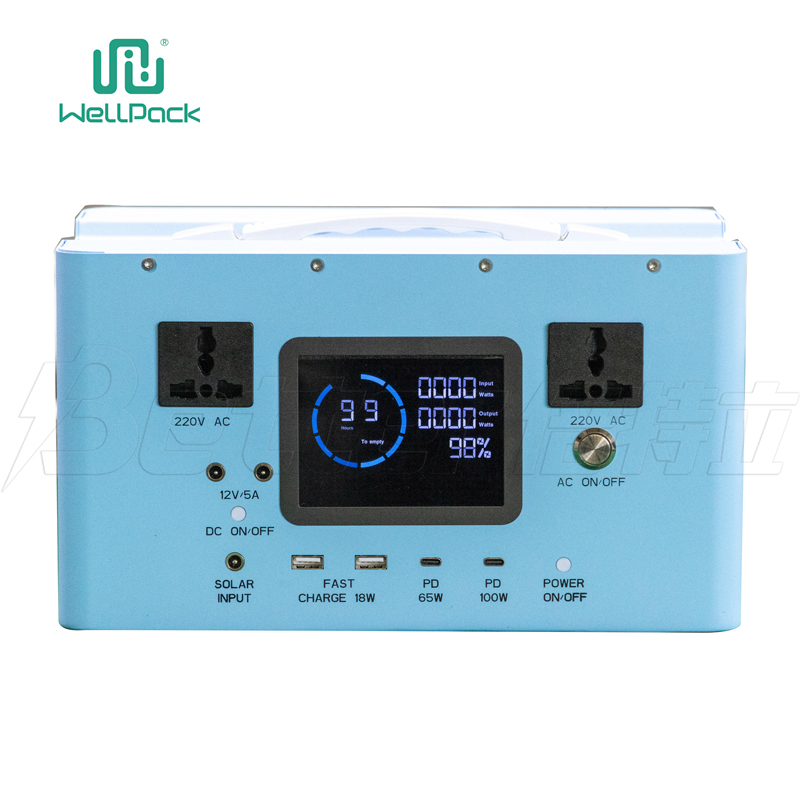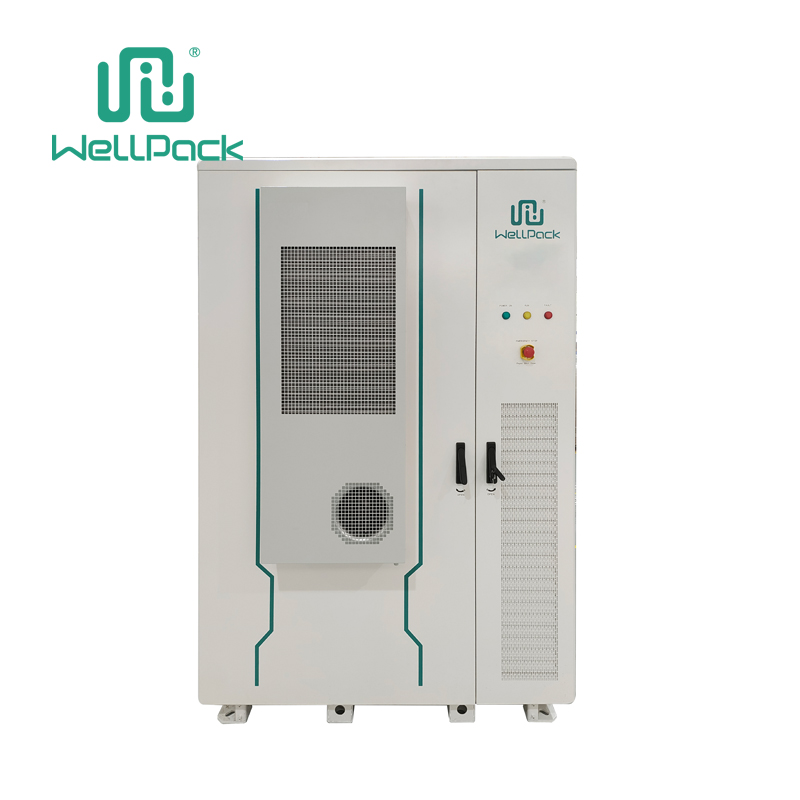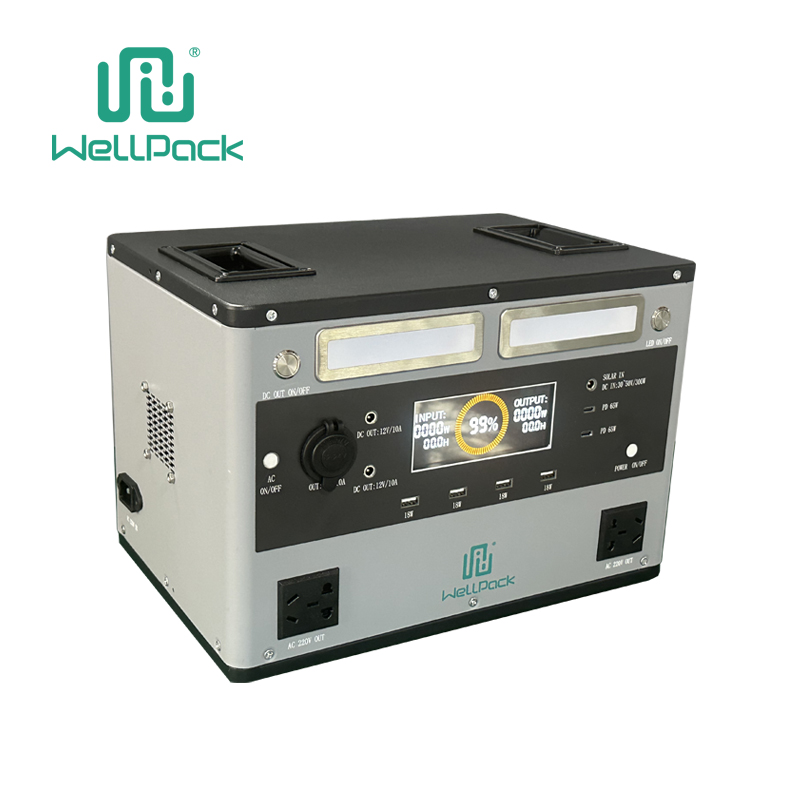
Menu
- Home
- Contact Us
- Products
- Portable Power Station Manufacturers
- Solar Home Energy Storage Battery
- 5-10KWh home solar energy storage battery
- 20-50KWh home solar battery system
- Industrial and Commercial Solar Energy Storage System
- 50-100KWh I&C Solar ESS
- 1MWh-3MWh I&C Solar ESS
- Lithium Battery Pack
- Electric Bike battery
- Motorcycle battery
- Scooter battery
- Golf Carts battery
- Car battery
- Forklift battery
- Marine Battery
- Replace Lead Acid Battery with Lithium Pack for Solar Energy System
- Lithium-ion Cell
- Cylindrical Cell
- Prismatic Cell
- Lithium Polymer Battery
- About Us
- Company Style
- News
- Company news
- Industry news
- Case
- Factory Show
- Factory show
- Company Style
- Video
- Video
Search









